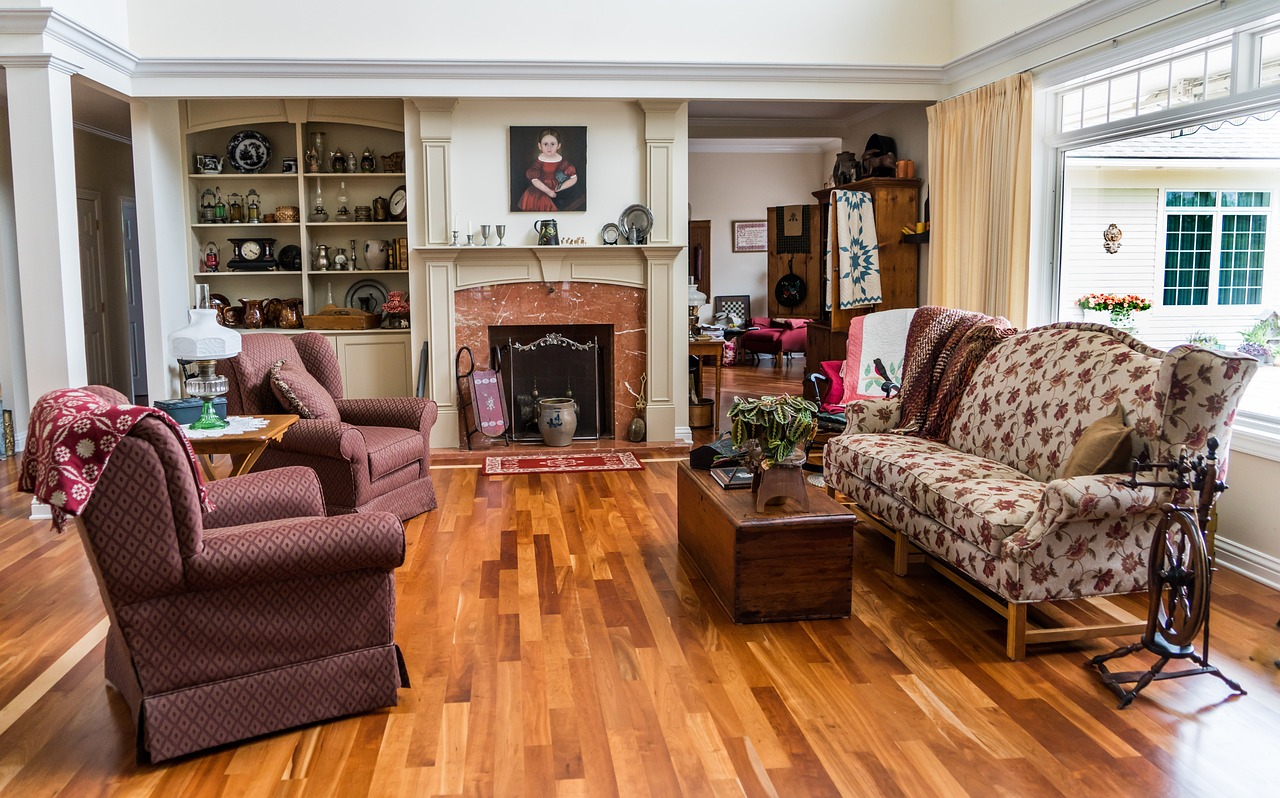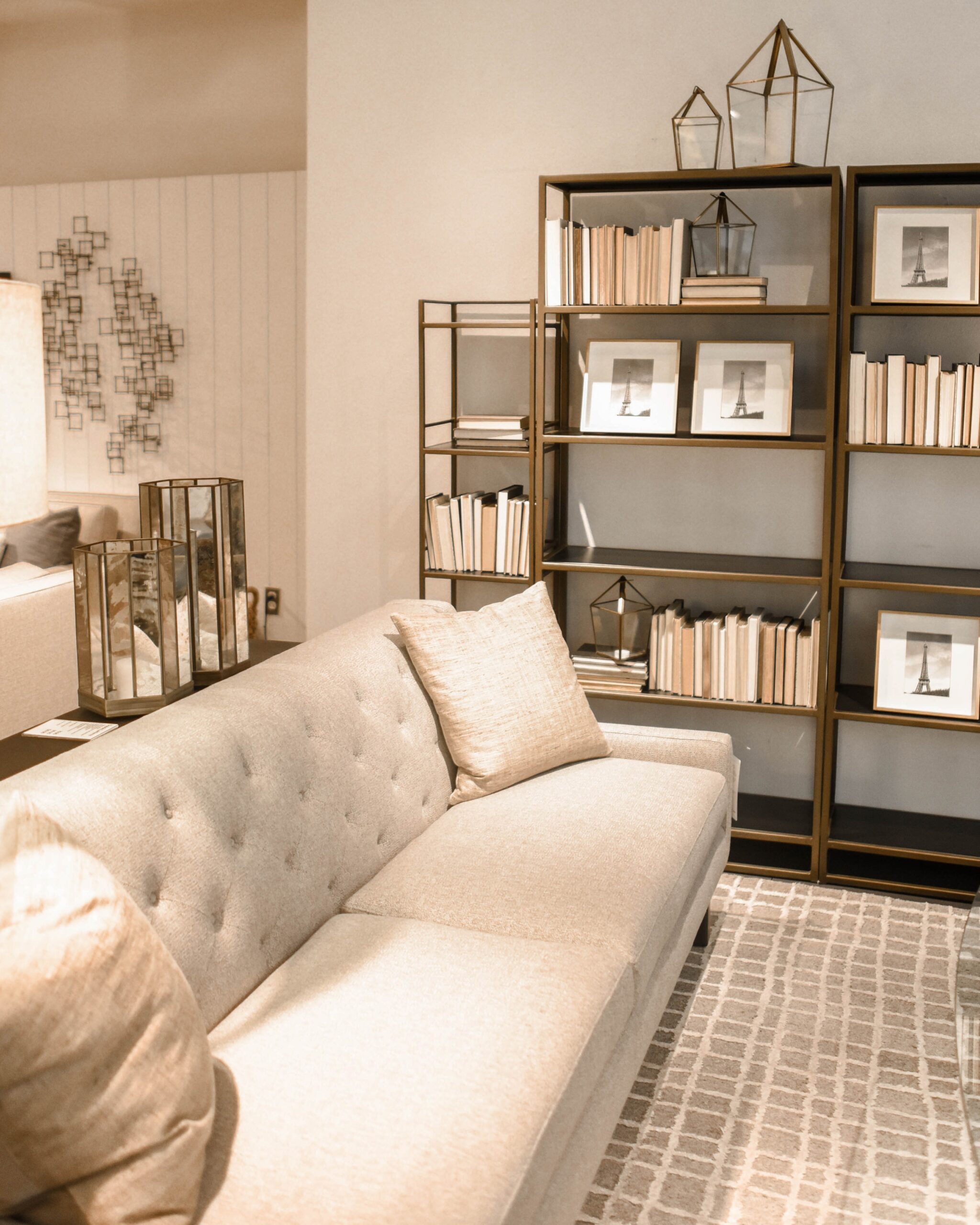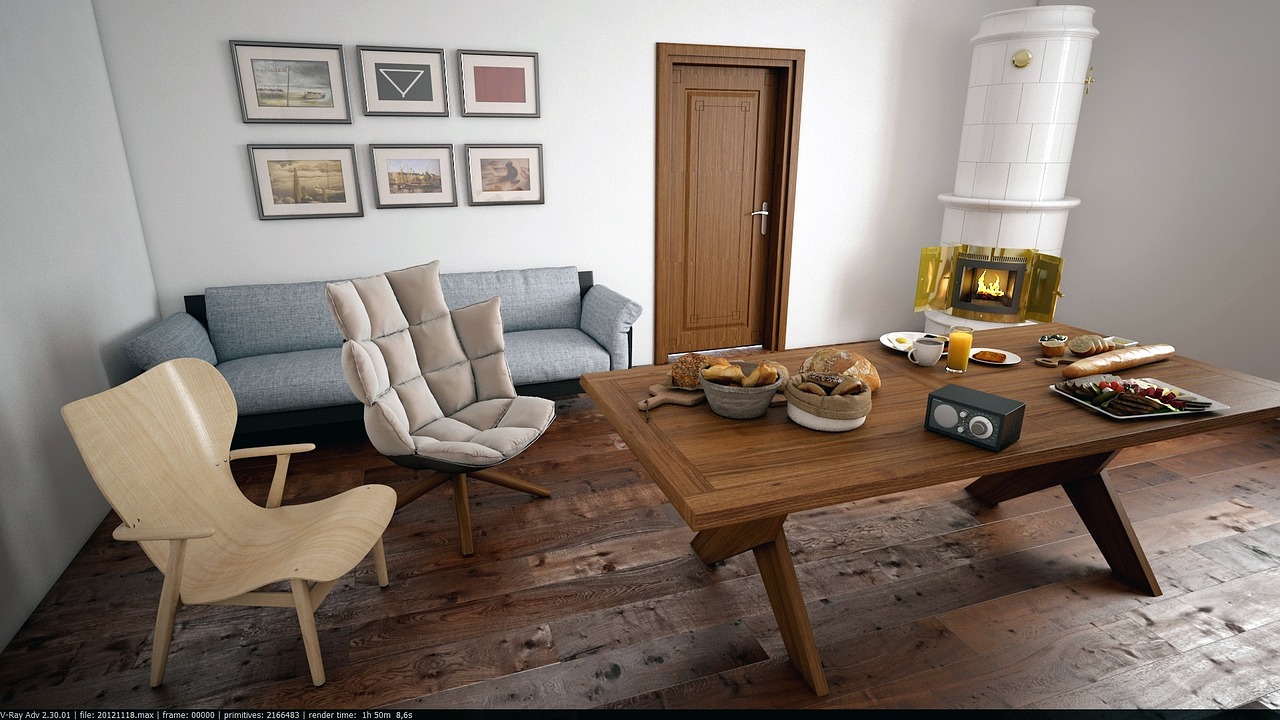For over a century, home furnishings trade shows have been a significant staple of the industry. These exhibitions have been instrumental in introducing new products, trends, and technologies to the industry. They have also played a crucial role in shaping the tastes and preferences of consumers worldwide.
Over the years, the format and purpose of trade shows have evolved drastically. From the first few modest industry expos that featured only a handful of exhibitors to the grandiose showcases of today that boast thousands of international brands and manufacturers, trade shows have seen it all. This blog post looks at the evolution of home furnishings trade shows over the past century.
Early Trade Shows
The first home furnishings trade show in the US was held in 1903 at Madison Square Garden in New York City, featuring 400 exhibitors. Over the next few years, the exposition grew in size and popularity, and by the 1920s, it had become the leading platform for introducing new home décor and furniture products.
During this era, trade shows were quaint, modest affairs, which served the primary function of bringing together buyers and sellers. They were mostly held in New York City or Chicago and featured a few hundred exhibitors. The layout of these expos was primitive, which usually included small booths with tables and samples displayed on them. Only a handful of visitors attended these trade shows, and they were mostly store owners and buyers.
The mid-20th Century
In the post-World War II era, trade shows saw a surge in popularity, with more exhibitors and visitors attending than ever before. A notable 1960 event was the National Home Furnishing Market in High Point, North Carolina. This ultimate home furnishings market served as a catalyst for the growth of trade shows in the US. By the 1960s, trade show organizers discovered that increasing the number of exhibits and floor space led to more visitors and more significant revenue.
During this time, trade shows evolved into massive events in which an entire city would participate. The events became town-wide celebrations, with a multitude of parties and events occurring during the evenings. Furniture and home goods retailers began attending in significant numbers, and new products were being showcased.
The 1970s and 1980s
During the 1970s and 1980s, trade shows became increasingly glossy and sophisticated, thanks to advancements in technology and the trade show industry itself. Exhibitors had larger booths, and attendees would enjoy attending larger, more extravagant events. Product presentation was becoming very refined, making trade shows a much more enjoyable experience for attendees. New technologies in lighting and exhibition displays enabled exhibitors to make their booths stand out and draw attention.
Trade show organizers began to publish their directories, which detailed a complete list of exhibitors and the products they were showcasing. The directories were a vital component of planning for buyers attending the events. Additionally, the organizers focused on marketing their events to retailers through advertising and public relations campaigns. The result was more massive foot traffic to trade shows, generating more significant revenue for organizers and exhibitors.
The 1990s and Early 2000s
In the 1990s, trade shows grew increasingly strategic, with more focus on data, analytics, and marketing. Exhibition booth displays had advanced to more technologically sophisticated presentations, incorporating touch screens, holography effects, and augmented reality. Organizers had begun to embrace the internet for marketing and promotions.
During this era, trade shows continued to grow in size, scope, and sophistication. A growing number of buyers attended the events, as did media outlets, searching for the latest home décor trends and pieces. Trade shows became global, with events taking place in different countries every year.
The Present Day
Today, trade shows are more innovative and diverse than ever before. While the classic concept of trade shows serving as a meeting place for buyers and sellers has remained consistent, innovation in technology and trends have modernized the way exhibitions are presented. While the COVID-19 pandemic has led to significant setbacks in the in-person industry, it has also enhanced the level of innovation within the online exhibition space.
One of the significant innovations in trade shows of the modern era has been the focus on sustainability issues. The industry has responded to changing consumer attitudes by highlighting eco-friendly products and promoting sustainable practices. Trade shows have become more comprehensive by holding conferences and seminars on sustainability and ethical practices.
Another major concern of modern trade shows is inclusivity. Industry participants have sought to make events more welcoming to a more diverse group of exhibitors and visitors. Consequently, industry events such as High Point Market and Las Vegas Market now serve more inclusivity initiatives, to promote the hospitality and well-being of all event participants.
One of the most significant developments in recent years has been the introduction of virtual exhibitions. Due to social distancing and travel restrictions, in-person attendance at trade shows has been impossible. This has led to a shift where organizers have been compelled to rely on online events instead. Virtual exhibitions enable buyers and sellers to engage with their counterparts online. Various virtual show halls offer booths and exhibition space, chat boxes, and live presentation tools.
Conclusion
Trade shows have changed dramatically over the past century, becoming a platform that exhibitors use to showcase their products and technologies to an increasingly diverse audience. From modest affairs, they have evolved into much more expansive, hi-tech events, attracting people from all over the world. With the technological advances in the trade show industry globally, virtual exhibitions may eventually become the norm, where buyers and sellers interact from home, potentially changing the trade show industry for good.
We welcome any suggestions or questions. You can email us or contact us using the contact page.
You can also connect with us on the following social networks:









0 Comments